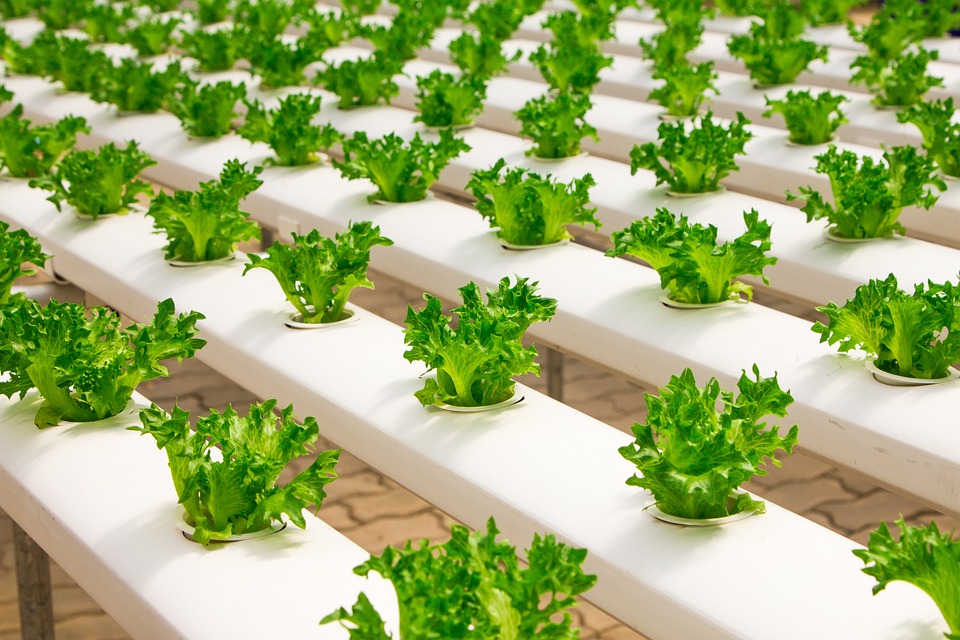Sustainable gardening has been a passion of mine for many years, and it all started with my decision to live off the grid. I wanted to live a more eco-conscious lifestyle, and that included growing my own food in a sustainable way. Over the years, I’ve learned so much about sustainable gardening, from the best techniques to the most eco-friendly practices. It’s been a journey of trial and error, but I’m excited to share my tips and techniques with all of you eco-conscious gardeners out there.
One of the first things to consider when starting a sustainable garden is the location. When I first started, I made the mistake of choosing a spot that didn’t get enough sunlight for my plants to thrive. It’s essential to find a location that receives at least six hours of direct sunlight each day. This will ensure that your plants have the energy they need to grow and produce healthy fruits and vegetables.
Once you’ve found the perfect spot, it’s time to think about the soil. Sustainable gardening begins with building healthy soil that will support your plants naturally. Instead of relying on chemical fertilizers, I use compost and organic matter to nourish the soil. This not only reduces my carbon footprint but also produces healthier, more nutrient-rich produce.
When it comes to choosing plants for your sustainable garden, I always opt for heirloom varieties. These plants have been passed down through generations and have adapted to their specific environments. Not only are they more resilient, but they also have unique flavors and traits that you won’t find in conventional varieties.
Water conservation is a significant aspect of sustainable gardening, especially if you’re living off the grid like me. I’ve implemented a few techniques to reduce water usage in my garden, such as mulching and drip irrigation. Mulching helps retain moisture in the soil, while drip irrigation delivers water directly to the roots of the plants, reducing evaporation and waste.
Another important aspect of sustainable gardening is natural pest control. Instead of using chemical pesticides, I use companion planting and beneficial insects to keep pests at bay. For example, planting marigolds near my tomatoes helps repel nematodes, while attracting ladybugs and lacewings helps control aphids and other harmful insects.
Now that you have some basic tips for sustainable gardening, here are a few pro tips to take your eco-conscious garden to the next level:
1. Practice crop rotation to prevent soil depletion and disease buildup.
2. Save seeds from your plants to create a self-sustaining garden year after year.
3. Consider incorporating permaculture design principles into your garden for a more holistic and sustainable approach to gardening.
4. Grow your own organic herbs to add flavor and nutrients to your meals while reducing your carbon footprint.
5. Embrace the beauty of a diverse garden by planting a variety of flowers, herbs, and vegetables to support pollinators and beneficial insects.
Sustainable gardening doesn’t have to be complicated or overwhelming. By following these tips and techniques, you can create a thriving eco-conscious garden that not only benefits the environment but also provides you with fresh, nutritious produce all year round. So grab your gloves and get ready to dig in – sustainable gardening has never been easier or more rewarding!



